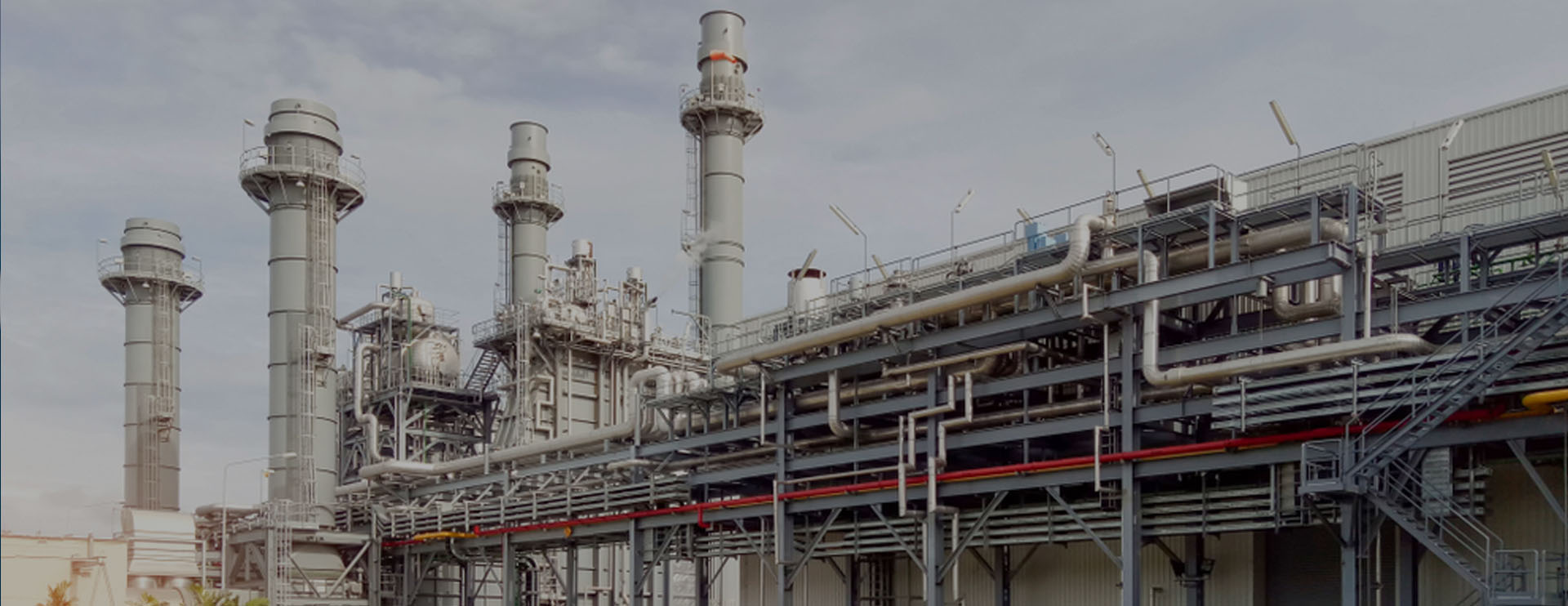A biogas transfer pump is a specialized pump that transports biogas from production locations (such as anaerobic digesters) to storage tanks or utilization points (such as gas engines, boilers, or gas grids). Biogas is largely composed of methane (CH4) and carbon dioxide (CO2), with trace amounts of other gases, and is created from organic matter by anaerobic digestion.
Types of Biogas Transfer Pumps
- Positive Displacement Pumps: These pumps move a set amount of gas each cycle. Types include:
- Rotary vane pumps use spinning vanes to trap and transmit biogas.
- Diaphragm pumps operate by creating a vacuum and pushing gas through.
- Lobe pumps use spinning lobes to transfer gas.
- Centrifugal pumps use a rotating impeller.
Key Features of Biogas Transfer Pumps
- Gas Compatibility: Designed to handle biogas compositions such as methane, carbon dioxide, and trace gases.
- Corrosion Resistance: The materials employed resist corrosion caused by biogas components, particularly H2S (hydrogen sulphide), which is corrosive.
- Sealing: Proper sealing prevents gas leaks and ensures safety.
- Pressure and Flow Control: The ability to control and maintain the necessary pressure and flow rate for effective biogas transfer.
- Safety safeguards: Includes safeguards to deal with the explosive nature of methane and the corrosiveness of biogas.
Applications for Biogas Transfer Pumps
- Biogas plants transport biogas from anaerobic digesters to storage tanks or utilization locations.
- Wastewater Treatment Plants: Process biogas produced by the digestion of sewage sludge.
- Agricultural Biogas Systems: Managing biogas produced from agricultural waste and livestock manure.
- Landfill Gas Systems: Transferring landfill gas to storage or processing facilities.
Factors for Selecting a Biogas Transfer Pump
When choosing a biogas transfer pump, it's important to consider the flow rate and pressure needed for your specific application.
- Material Compatibility: Ensure that the pump materials are biogas-compatible and corrosion-resistant.
- Efficiency: Choose energy-efficient pumps to reduce operational costs.
- Maintenance: Think about how easy it is to maintain and whether spare parts are readily available.
- Safety Standards: Ensure that the pump meets all applicable safety standards and regulations for biogas processing.
Maintenance and Safety Tips
- Periodically inspect the pump and its components for signs of wear and tear.
- Leak Detection: Use leak detection devices to quickly identify and address any gas leaks.
- Lubrication: To avoid mechanical breakdowns, ensure that all moving parts are appropriately lubricated.
- Train people on how to operate and maintain biogas transfer pumps safely.
- Establish and practice emergency measures in the event of a pump failure or gas spill.
Biogas transfer pumps are essential for successfully controlling and utilizing biogas generated from a variety of sources. Choosing the right pump from reputed pump manufacturers and carefully maintaining it ensures biogas applications run smoothly, safely, and efficiently.
Industrial pumps play vital roles in a wide range of sectors. Their ability to handle a variety of fluids, maintain pressure, and efficiently transfer materials makes them important to the smooth operation of industrial processes, ensuring productivity, safety, and environmental responsibility in today's industries.
Risansi Industries Limited is the leading industrial pump manufacturer in India and can help industries with the best industrial pumping solution for your system if you work in an industry that relies on centrifugal or vacuum pumps for industrial applications. A member of our team will gladly schedule a consultation. Risansi is a renowned industrial pump producer in India, with thousands of satisfied installations. Check the website for more details on various types of pumps.





